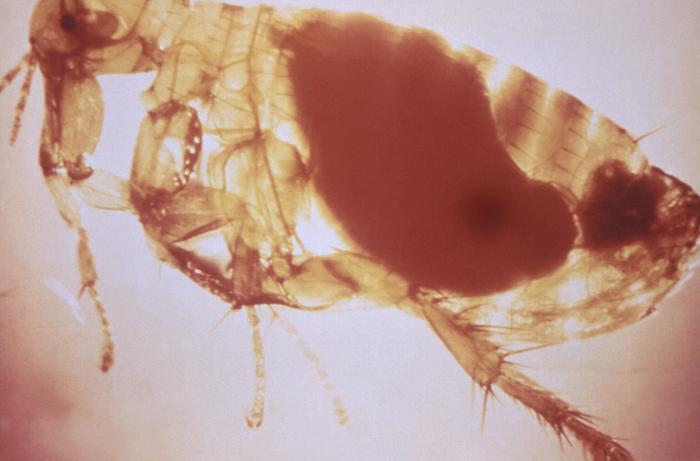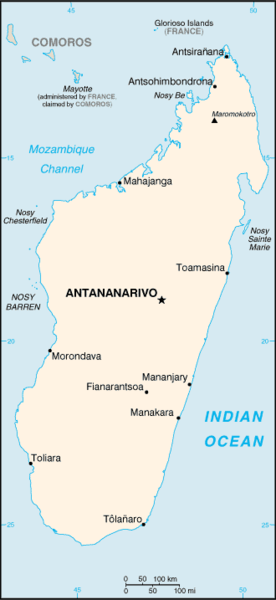Plague outbreaks occur annually on the island country of Madagascar and 2015 was no different. Health officials said Thursday that the outbreak that began in August has resulted in some 174 bubonic plague cases and 63 deaths.

At least 79 people died after an outbreak in 2014 that continued into early 2015, when at least 335 cases were reported, according to the World Health Organization (WHO).
In fact, WHO said in late 2014, “the plague is endemic in the country, with epidemic seasonal peaks ranging from September to March.”
Plague, a disease many think of as something from the history books, is alive and well in many areas of the globe and is clearly not stranger to Madagascar. It’s not a disease from the Justinian period or the Middle Ages.
The most recent plague epidemics have been reported in India during the first half of the 20th century, and in Vietnam during wartime in the 1960s and 1970s. Plague is now commonly found in sub-Saharan Africa and Madagascar, areas which now account for over 95% of reported cases, according to the CDC.
A study published in The American Journal of Tropical Medicine and Hygiene in Sept 2013 noted 21,725 cases of human plague reported globally during the last decade (2000-2009), including 1,612 deaths, for a case-fatality rate of 7.4%.
Leading all countries with number of human plague cases was the Congo, which reported 10,581 during the decade. The author of the notes that all these occurred in the Oriental Province following years of civil strife and influxes of displaced persons.

Following the Congo was Madagascar recording 7,182 cases. The island country was the leading country in plague occurrence during the previous decade, 1990-1999.
According to the general secretary of the Madagascar Ministry of Health, between 300 and 600 suspected cases are reported each year, with about 30 cases of pulmonary plague and 10 to 70 deaths.
Plague is an infectious disease caused by the bacterium, Yersinia pestis. It is found inanimals throughout the world, most commonly rats but other rodents like ground squirrels, prairie dogs, chipmunks, rabbits and voles. Fleas typically serve as the vector of plague. Human cases have been linked to the domestic cats and dogs that brought infected fleas into the house.
People can also get infected through direct contactwith an infected animal, through inhalation and in the case of pneumonic plague, person to person.
Yersinia pestis is treatable with antibiotics if started early enough.
There are three forms of human plague; bubonic, septicemic and pneumonic.
Bubonic plague: This is the most common form. In this form, the bacteria enter the body through the bite of an infected flea or rodent. Here the bacteria infect the lymphatic system. After a few days to week, the person will experience fever, chills, weakness, and swollen lymph glands. These are called buboes.
Untreated bubonic plague is fatal about half the time.
Septicemic plague: This form is also contracted from a flea or rodent bite. Sometimes it appears subsequent to untreated bubonic or pneumonic plague. It involves bloodstream dissemination to all areas of the body. Buboes do not occur. Symptoms are endotoxic shock and disseminated intravascular coagulation. Untreated septicemic plague is nearly always fatal.
Pneumonic plague: Probably the most serious form of plague and it’s when the bacteria infect the lungs and cause pneumonia. It is contracted when the bacteria is inhaled (primary) or develops when bubonic or septicemic plague spreads to the lungs.
Pneumonic plague is contagious and can be transmitted person to person. It is highly communicable under appropriate climate conditions, overcrowding and cool temperatures. Untreated pneumonic plague is frequently fatal.
Related:


2 thoughts on “Plague death toll in Madagascar reaches 63”